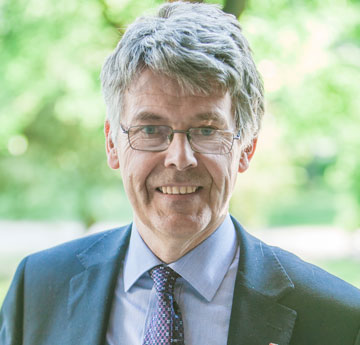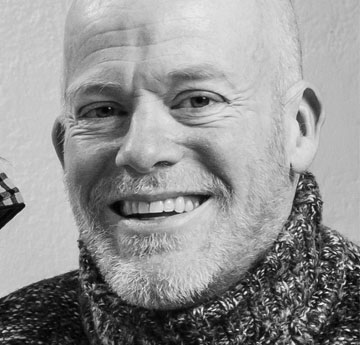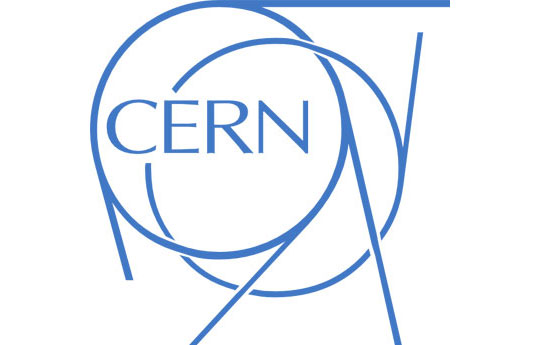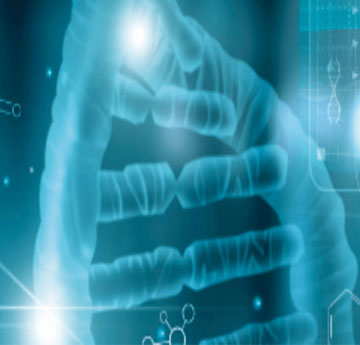The Challenge
According to the known laws of physics there should be much less matter in the Universe than we observe today. So, why did so much matter remain after the Big Bang? Why wasn’t all the matter annihilated as the Universe formed? Where has all the antimatter gone?
These are the underlying questions Professor Mike Charlton and his team are looking to answer through his work in fundamental physics.
The Method
Professor Charlton together with Professor Niels Madsen, Professor Stefan Eriksson and their team are measuring some of the properties of antimatter, or more specifically antihydrogen, which is the anti-atomic counterpart of hydrogen. For example, instead of an electron there is an "anti-electron", or positron, thought to be identical in every way, but with a positive electric charge.
Antihydrogen does not occur naturally. When the Universe cooled sufficiently to form atoms, it seems there were no antiparticles left – so anti-atoms could not be created, leaving the cosmos dominated by ordinary hydrogen.
So, to overcome the lack of naturally occurring antihydrogen the team create the anti-atoms one at a time and hold them in special traps where, by making very precise measurements, they study the properties of antimatter and test of some of the deep (symmetry) laws of physics.
Professor Charlton’s work is carried out as part of the ALPHA collaboration based at a special “Antimatter Factory” facility at CERN. ALPHA is an international effort comprised of around 50 scientists from 15 institutions around the globe.
The Impact
We know that the laws of physics are incomplete and that there is no underlying framework which unites the theories of quantum mechanics and general relativity. Added to this, the origin of the matter-antimatter imbalance of the Universe has been a mystery for many decades.
So through detailed comparisons of the properties of antimatter and matter we hope to shed light on these very fundamental issues, which would have major implications for our understanding of nature and, maybe one day, allow the development of practical applications of antimatter.











